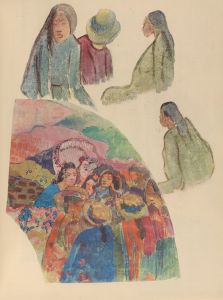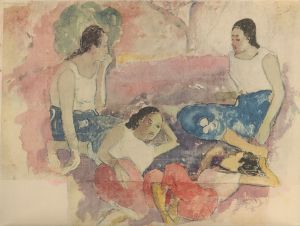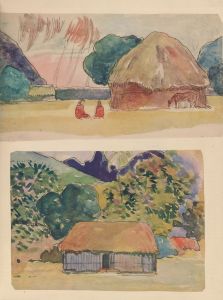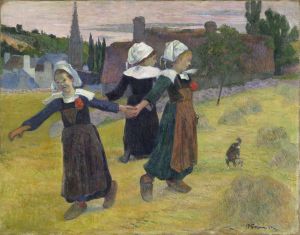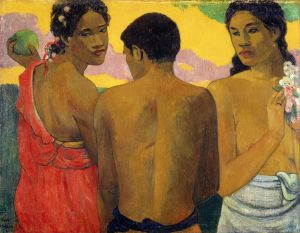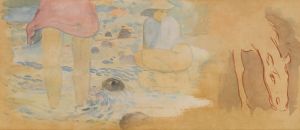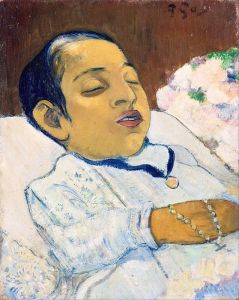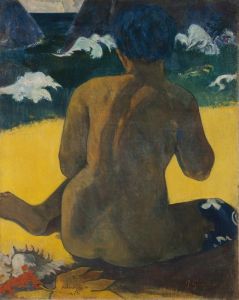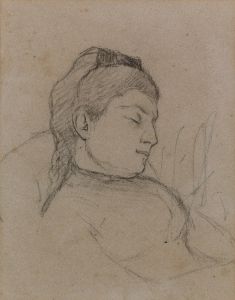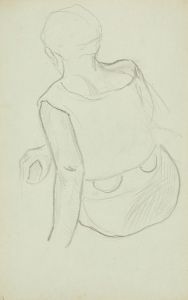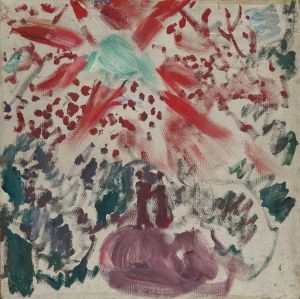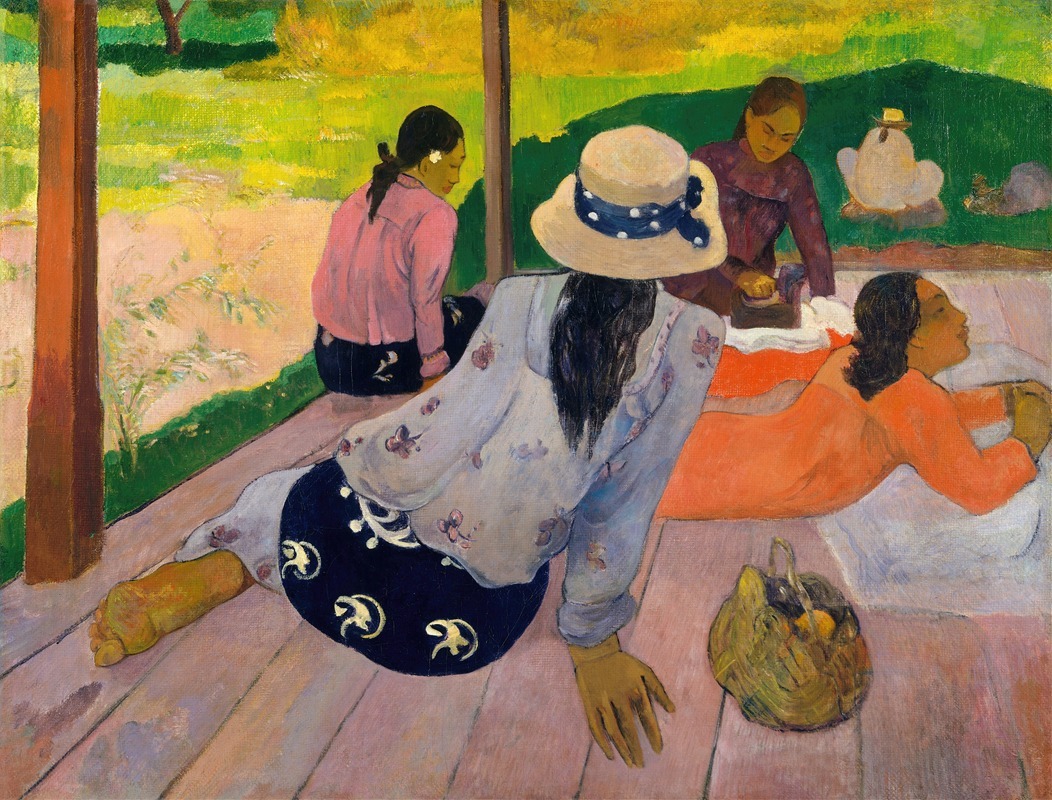
The Siesta
A hand-painted replica of Paul Gauguin’s masterpiece The Siesta, meticulously crafted by professional artists to capture the true essence of the original. Each piece is created with museum-quality canvas and rare mineral pigments, carefully painted by experienced artists with delicate brushstrokes and rich, layered colors to perfectly recreate the texture of the original artwork. Unlike machine-printed reproductions, this hand-painted version brings the painting to life, infused with the artist’s emotions and skill in every stroke. Whether for personal collection or home decoration, it instantly elevates the artistic atmosphere of any space.
Paul Gauguin's The Siesta is an oil painting created in 1894, during the artist's post-Impressionist period. The work reflects Gauguin's fascination with non-European cultures and his exploration of themes related to rural life, simplicity, and the human connection to nature. The painting was completed after Gauguin's first extended stay in Tahiti, where he sought to escape European industrialization and immerse himself in what he perceived as a more "primitive" and unspoiled way of life.
The Siesta depicts four women resting outdoors, likely in a tropical setting, as suggested by the lush greenery and warm tones in the background. The women are dressed in traditional clothing, and their relaxed postures convey a sense of calm and leisure. The composition is characterized by Gauguin's use of bold, flat areas of color and strong outlines, a hallmark of his style during this period. The painting also demonstrates his interest in simplifying forms and emphasizing the emotional and symbolic aspects of his subjects rather than adhering strictly to realism.
The title, The Siesta, refers to the midday rest or nap commonly observed in warm climates. This theme aligns with Gauguin's broader interest in depicting scenes of daily life and cultural practices in the regions he visited. The painting's serene atmosphere and focus on human figures in harmony with their environment reflect Gauguin's idealized vision of life in Tahiti, though it is important to note that his portrayal of the island and its people was often filtered through a romanticized and colonial lens.
Gauguin's time in Tahiti and his subsequent works, including The Siesta, have been the subject of much scholarly discussion. While his art is celebrated for its innovative use of color and form, it has also been critiqued for its exoticism and the way it perpetuates stereotypes about non-European cultures. Gauguin's personal life and his relationships with the local population have further complicated his legacy.
Today, The Siesta is housed in the Musée d'Orsay in Paris, France, where it is part of a significant collection of 19th-century art. The painting continues to be studied and appreciated for its artistic qualities and its role in Gauguin's development as a leading figure in the post-Impressionist movement.








